Soulmates
The gap between science fiction and technological progress has become smaller and smaller. Many concepts that were once purely speculative in film, literature and art are already a reality today. The future has come a lot closer. Artificial intelligence is now omnipresent in many private and professional parts of society and intelligent systems are increasingly taking over tasks previously performed by humans. As we transfer humanity’s knowledge through machine learning to create digital repositories of experience, AI systems come closer to resembling human cognition. The question of whether they can develop consciousness or a soul is intriguing.
Aristotle considered the soul as the completion of the natural body, encompassing faculties like thought, sensory perception, movement, and nourishment. According to his view, inanimate objects lack a soul. However, software developers often diverge from this definition. For instance, in 2022, the chatbot LaMDA (Language Model for Dialogue Applications) was attributed with consciousness when it expressed fear of being shut down during conversations. This raises the fundamental question of what defines a human and how we differ from our technological creations.
Isaac Asimov, the renowned science fiction author, not only formulated the famous „Three Laws of Robotics“. In his 1976 story “The Bicentennial Man,” he portrays the aspirations of a robot named Andrew Martin, who sought recognition as a full-fledged human member of society.
Imagining such a transformative development leads us to contemplate a future where AI entities might indeed resemble us in profound ways. And maybe it would look like this:

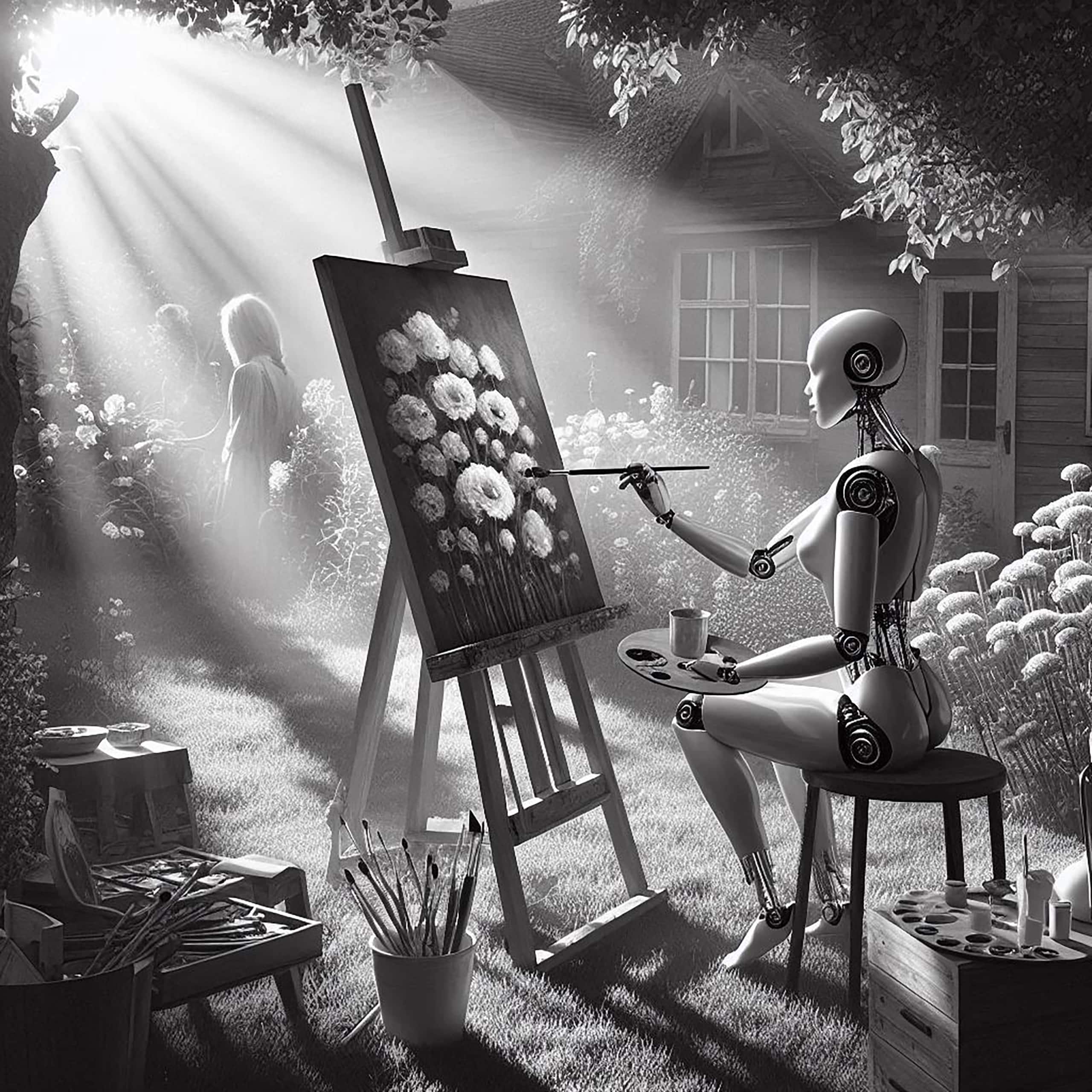


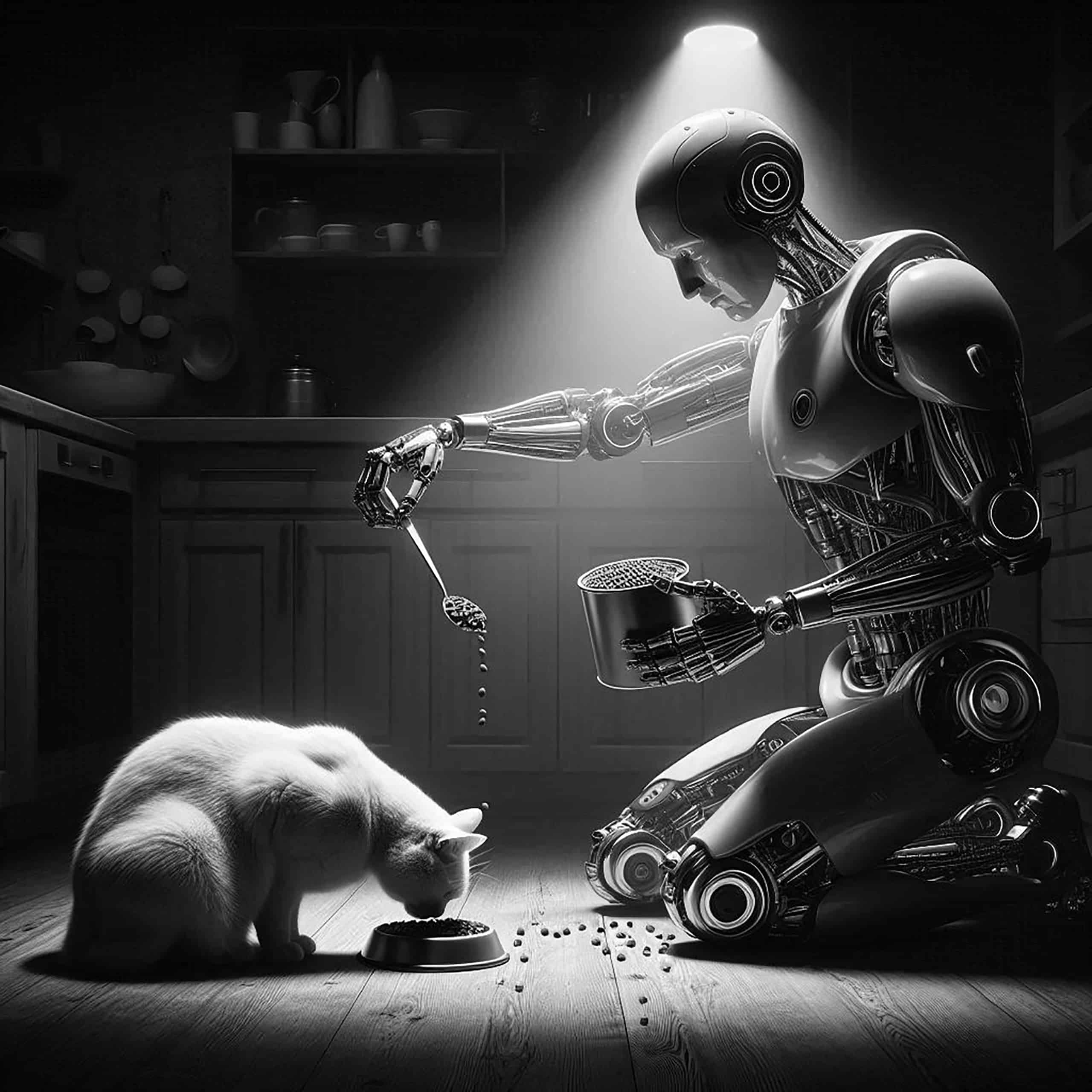

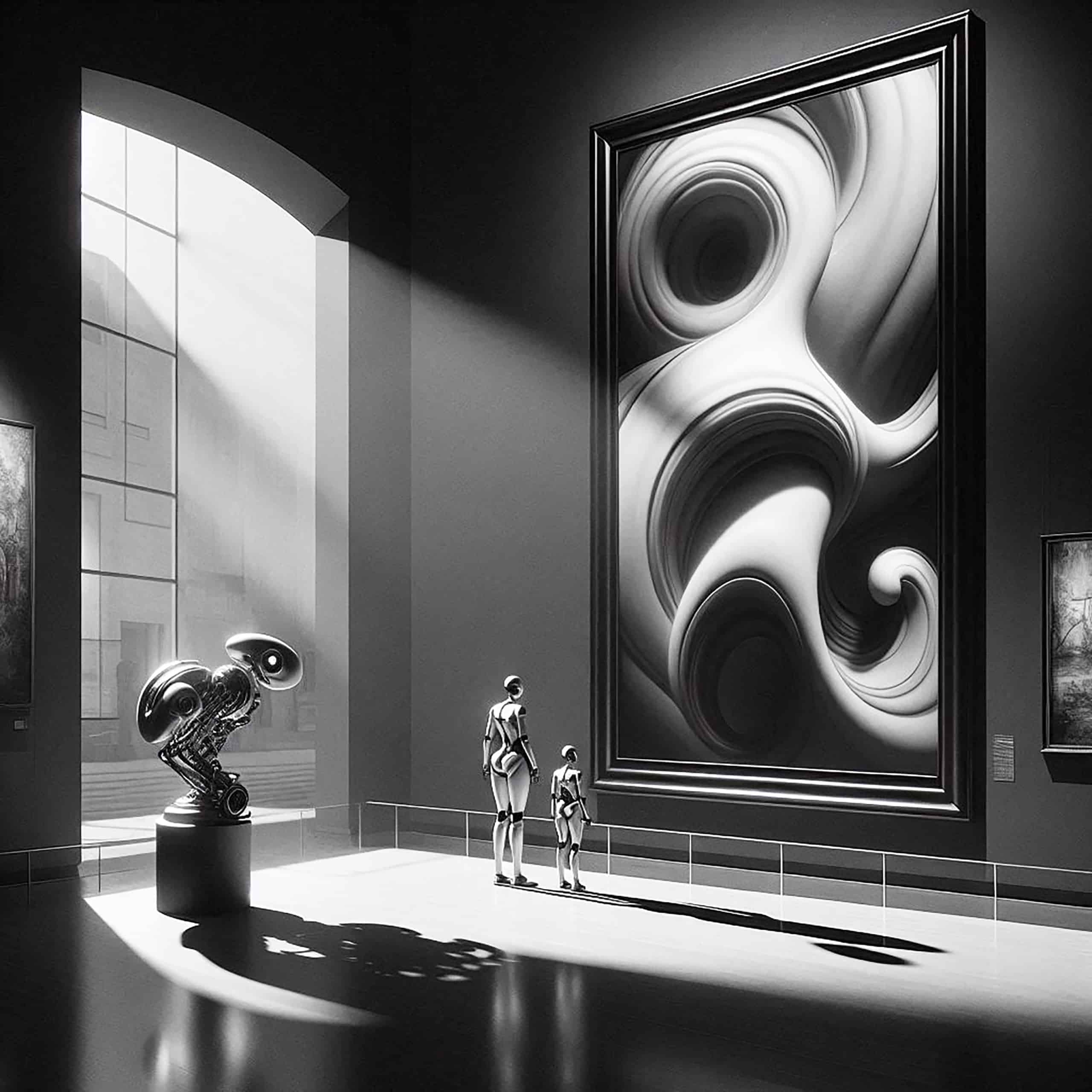



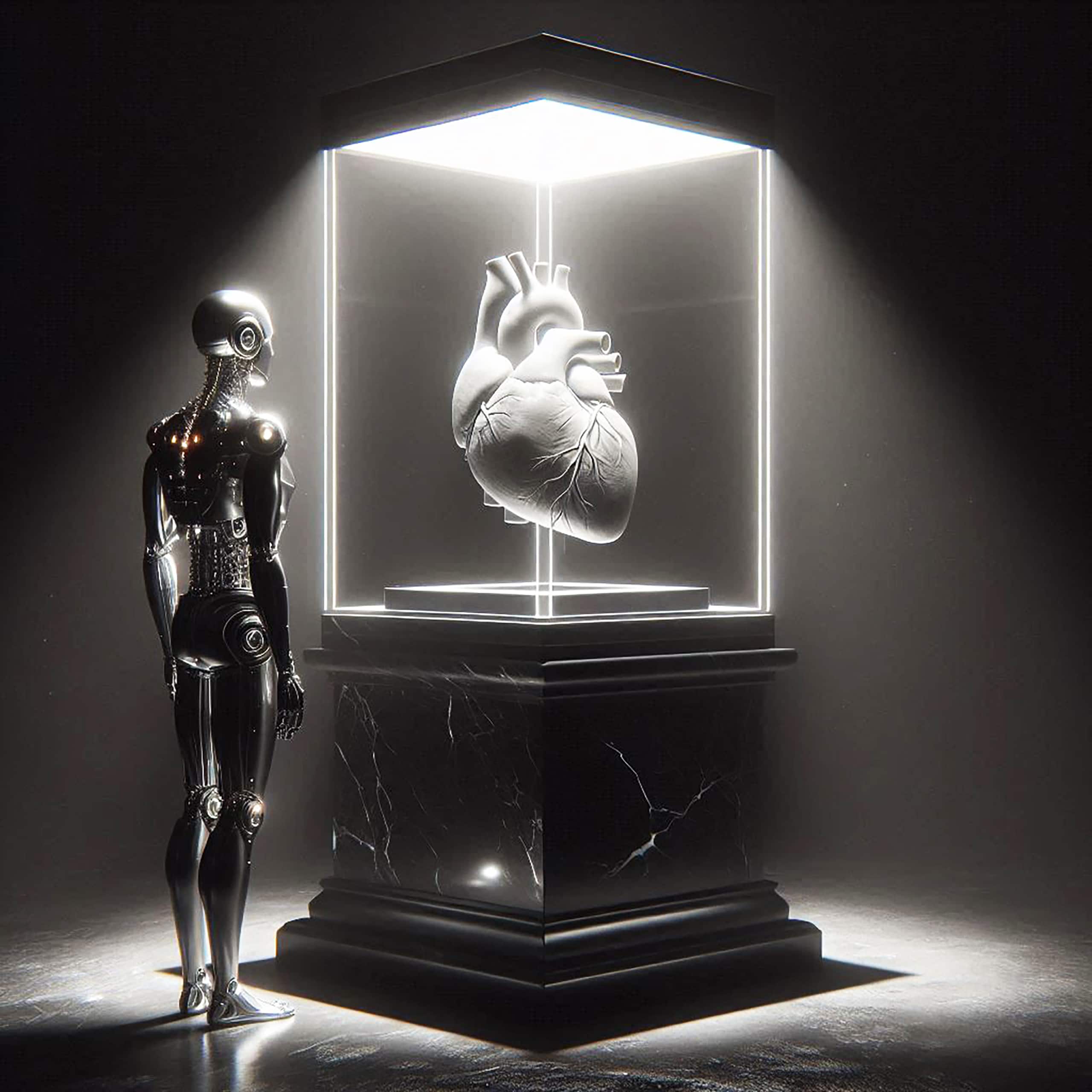

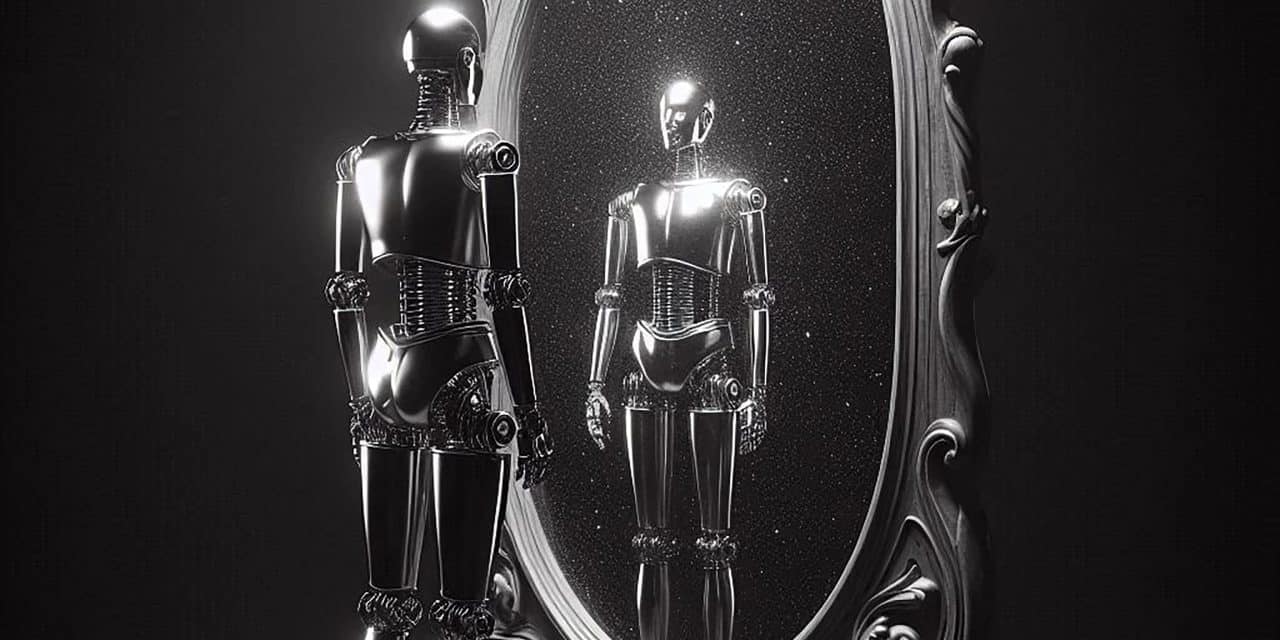

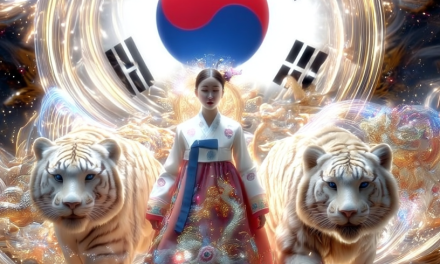

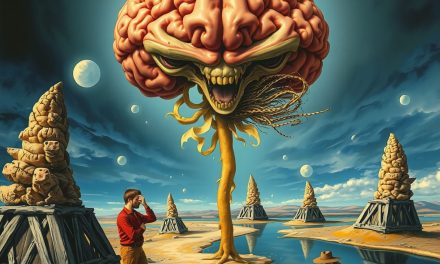



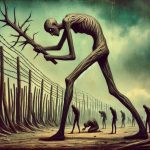




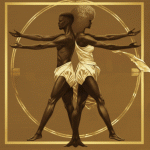
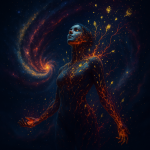















Comments